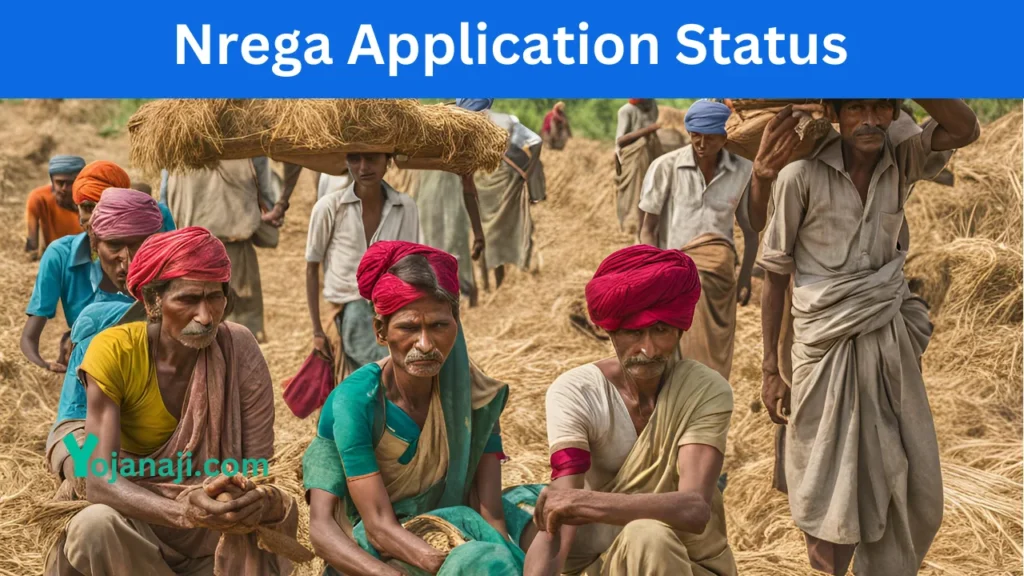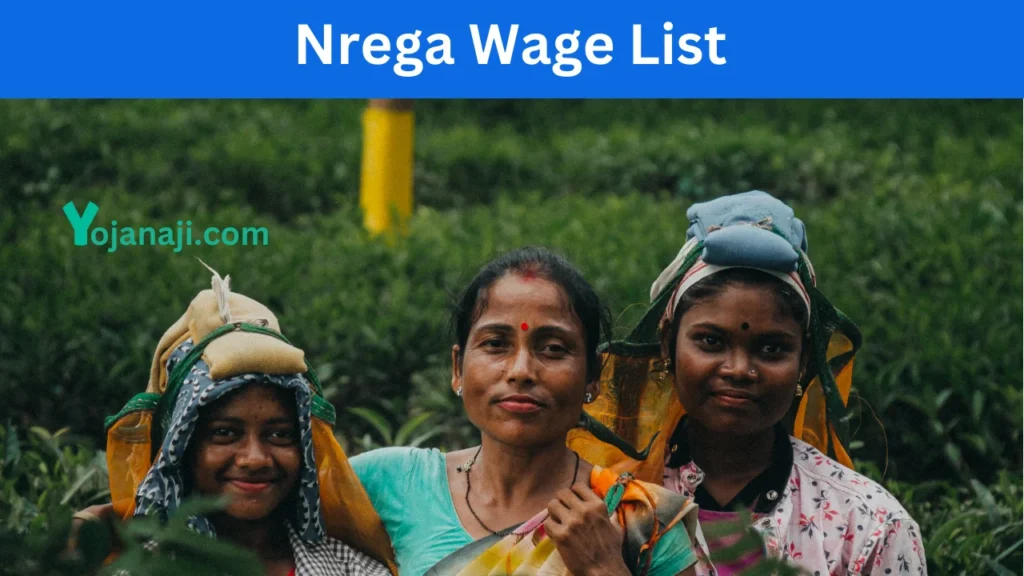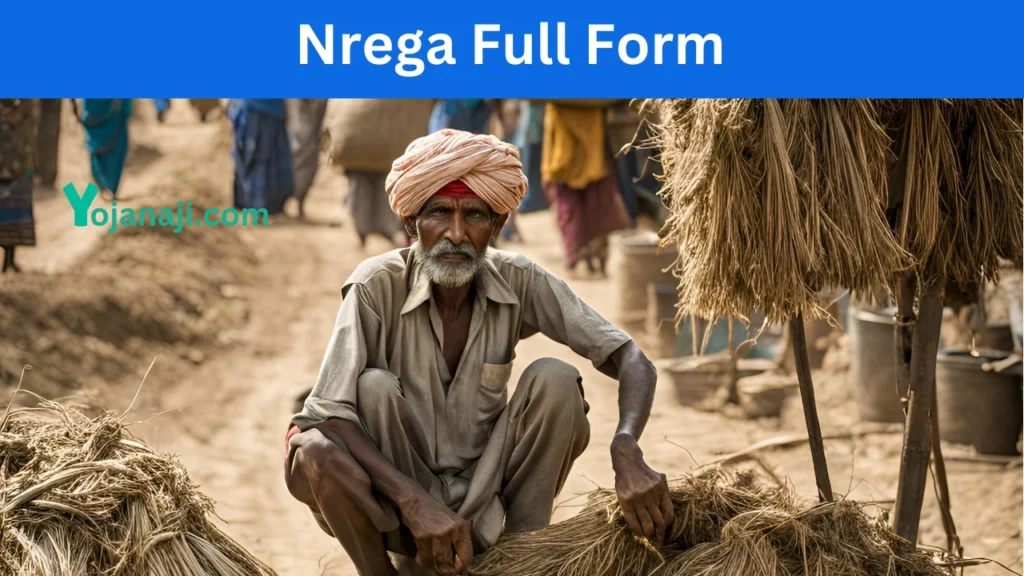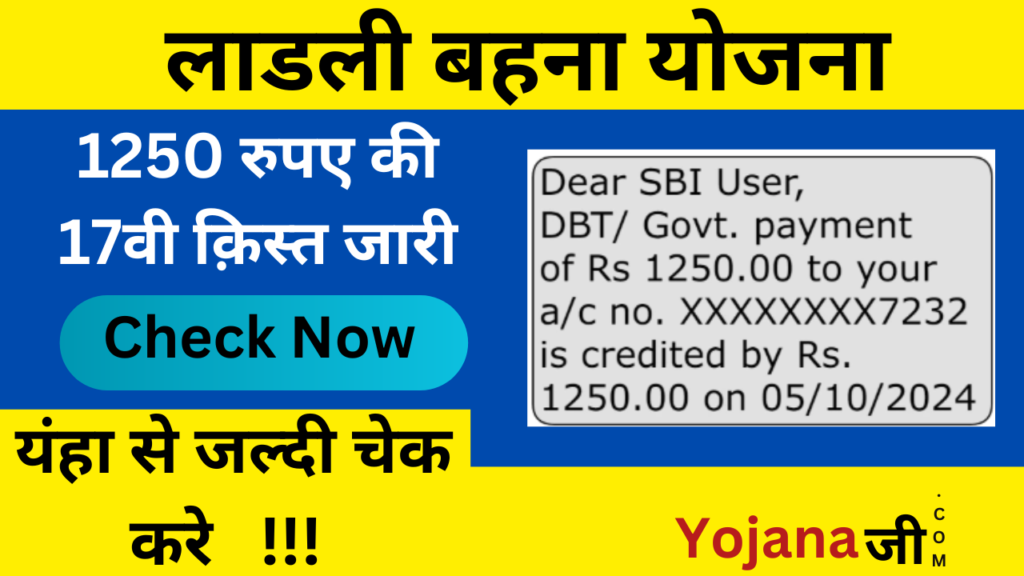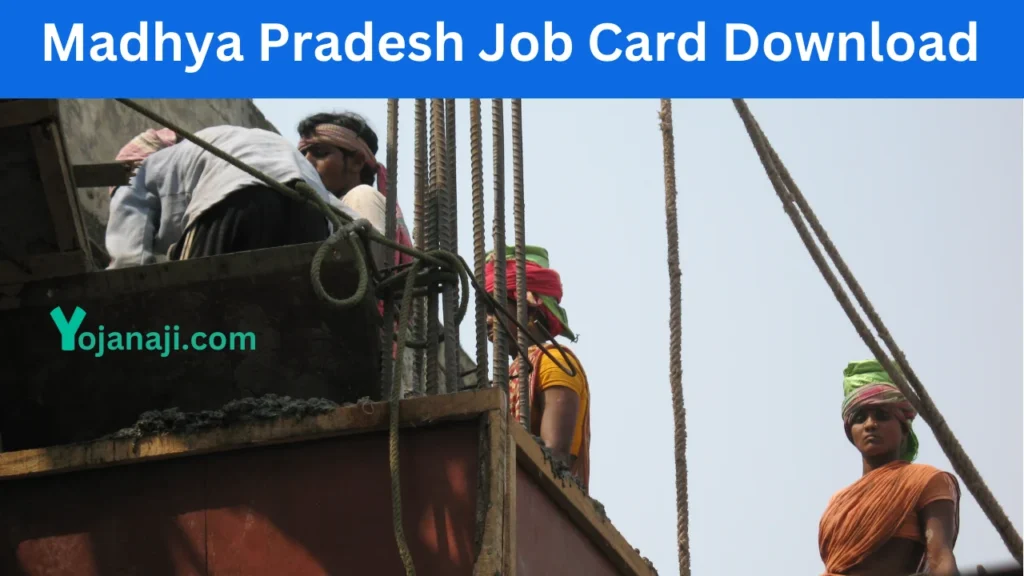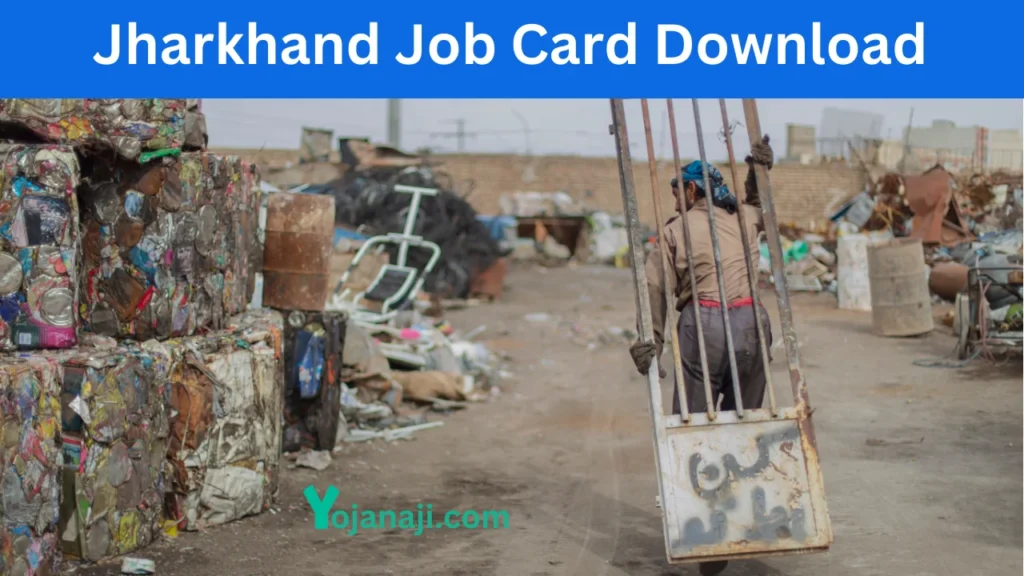The Mahatma Gandhi National Rural Employment Guarantee Act (MGNREGA) is a landmark initiative aimed at enhancing livelihood security in rural India by guaranteeing 100 days of wage employment per year to every rural household. Central to the successful implementation and monitoring of this ambitious scheme is the NREGA Management Information System (MIS) Report. This comprehensive report plays a crucial role in tracking the scheme’s progress, evaluating its effectiveness, and ensuring transparency and accountability. In this detailed exploration, we delve into the intricacies of the NREGA MIS Report, its significance, components, and how it impacts both implementation and beneficiaries.
What is the NREGA MIS Report?
The NREGA MIS Report is a digital tool designed to capture, process, and disseminate information related to the implementation of the MGNREGA scheme. It serves as a repository of data, offering insights into various aspects of the scheme’s execution, including employment generated, wages paid, and project status. The MIS Report is instrumental for policymakers, government officials, and stakeholders in monitoring the scheme’s performance and addressing any issues that arise.
The NREGA MIS (Management Information System) Report is a comprehensive tool used to monitor and manage the implementation of the Mahatma Gandhi National Rural Employment Guarantee Act (MGNREGA). This digital system tracks various aspects of the program, ensuring transparency, accountability, and efficiency in the execution of the scheme.
The MIS Report provides detailed data on numerous components of MGNREGA, such as job card issuance, employment provided, work progress, and financial transactions. It includes information on the number of households registered, days of work provided, wages disbursed, and the status of ongoing projects. By compiling this data, the MIS helps in assessing the performance of the scheme at different administrative levels, from village to national.
One of the key functions of the NREGA MIS Report is to offer real-time information to stakeholders, including government officials, policymakers, and the general public. This transparency enables better oversight and helps identify areas where the program may be facing challenges, such as delays in payments or underutilization of allocated funds.
Additionally, the MIS Report supports decision-making and planning by providing insights into trends and patterns in employment demand and resource utilization. It allows authorities to make informed decisions about resource allocation, project planning, and policy adjustments to improve the scheme’s effectiveness.
Overall, the NREGA MIS Report is a vital tool for ensuring the smooth functioning of the MGNREGA scheme, promoting accountability, and enhancing the overall impact on rural livelihoods.
The Significance of the NREGA MIS Report
The NREGA MIS Report is crucial for several reasons:
- Transparency and Accountability: The report provides a transparent view of how funds are allocated and spent, ensuring that resources are utilized effectively and that there is accountability in the execution of the scheme.
- Performance Monitoring: By offering detailed data on various performance metrics, the report helps in assessing the efficiency and effectiveness of the scheme, identifying areas for improvement, and ensuring that targets are met.
- Data-Driven Decision Making: The insights derived from the MIS Report aid in making informed decisions, policy adjustments, and strategic planning to enhance the overall impact of the MGNREGA scheme.
- Beneficiary Tracking: The report tracks the status of beneficiaries, including the number of individuals employed, wages paid, and the completion of projects, ensuring that the intended beneficiaries receive their due benefits.
The NREGA MIS (Management Information System) Report holds significant importance in the implementation and oversight of the Mahatma Gandhi National Rural Employment Guarantee Act (MGNREGA). Its role extends across various dimensions, ensuring that the scheme operates efficiently, transparently, and effectively in providing rural employment.
Firstly, the NREGA MIS Report enhances transparency by making detailed information about the scheme publicly accessible. It records every aspect of MGNREGA’s implementation, including job card issuance, work allocation, wage payments, and project status. This open data system allows stakeholders, including the government, beneficiaries, and the public, to monitor and verify the scheme’s execution, reducing the potential for corruption and misuse of funds.
Secondly, the report is crucial for accountability. By tracking each transaction and activity, it holds implementing authorities accountable for their performance. Any discrepancies or delays, such as in wage payments or job allocation, are easily identifiable, prompting timely corrective actions. This accountability mechanism ensures that the scheme delivers on its promise of providing guaranteed employment and fair wages to rural households.
Thirdly, the NREGA MIS Report aids in efficient management and planning. It provides comprehensive data that helps authorities analyze trends, such as employment demand and resource utilization. This information is essential for planning future projects, allocating resources appropriately, and making informed policy decisions that enhance the scheme’s impact.
Moreover, the report plays a significant role in empowering beneficiaries. By enabling workers to access information about their job card details, work history, and payments, it equips them with the knowledge to assert their rights and seek redressal in cases of discrepancies. This empowerment helps build trust in the system and encourages active participation in the scheme.
Lastly, the NREGA MIS Report contributes to the overall success and sustainability of the MGNREGA by ensuring that the scheme operates transparently and efficiently. Its role in continuous monitoring and data-driven decision-making fosters an environment where issues can be swiftly addressed, leading to the improved delivery of benefits and the long-term development of rural areas.
In summary, the NREGA MIS Report is a cornerstone of the MGNREGA’s governance framework, supporting transparency, accountability, efficient management, and beneficiary empowerment, thereby enhancing the scheme’s effectiveness in combating rural poverty and unemployment.
Key Components of the NREGA MIS Report
The NREGA MIS Report comprises several key components, each providing valuable information about different aspects of the scheme’s implementation:
1. Employment Data
This section of the report provides detailed information about the employment generated under the scheme. It includes:
- Number of Households: The total number of households that have been provided employment.
- Workdays Generated: The total number of workdays generated and utilized.
- Work Types: The types of work undertaken, such as infrastructure development or water conservation projects.
2. Financial Data
Financial data in the NREGA MIS Report highlights the allocation, expenditure, and utilization of funds. Key elements include:
- Fund Allocation: Details on the funds allocated for various projects and activities under the scheme.
- Expenditure Details: Information on the amount spent on wages, materials, and administrative costs.
- Wage Payments: Data on the wages paid to workers, including any pending or delayed payments.
3. Project Data
The project data section provides insights into the status of ongoing and completed projects. It includes:
- Project Locations: Details on the geographic locations of projects.
- Project Types: Information on the types of projects undertaken, such as road construction, irrigation, or afforestation.
- Completion Status: The progress and completion status of each project, including any issues or delays encountered.
4. Beneficiary Data
Beneficiary data focuses on tracking and managing the individuals who benefit from the scheme. This includes:
- Registration Details: Information on the registration of households and individuals under the scheme.
- Job Card Status: Updates on the issuance and status of Job Cards.
- Grievances and Complaints: Details on any grievances or complaints raised by beneficiaries and the resolution status.
How to Access the NREGA MIS Report
The NREGA MIS Report is accessible through the official NREGA website and is also used by various government departments and local authorities for internal monitoring. To access the report:
- Visit the Official NREGA Portal: Go to nrega.nic.in to access the MIS Report.
- Navigate to the MIS Section: Look for the “Reports” or “MIS” section on the website.
- Select the Report Type: Choose the specific type of report you need, such as employment data, financial data, or project status.
- Generate and View Report: Enter the required parameters, such as state, district, and date range, to generate the report. View or download the report for detailed insights.
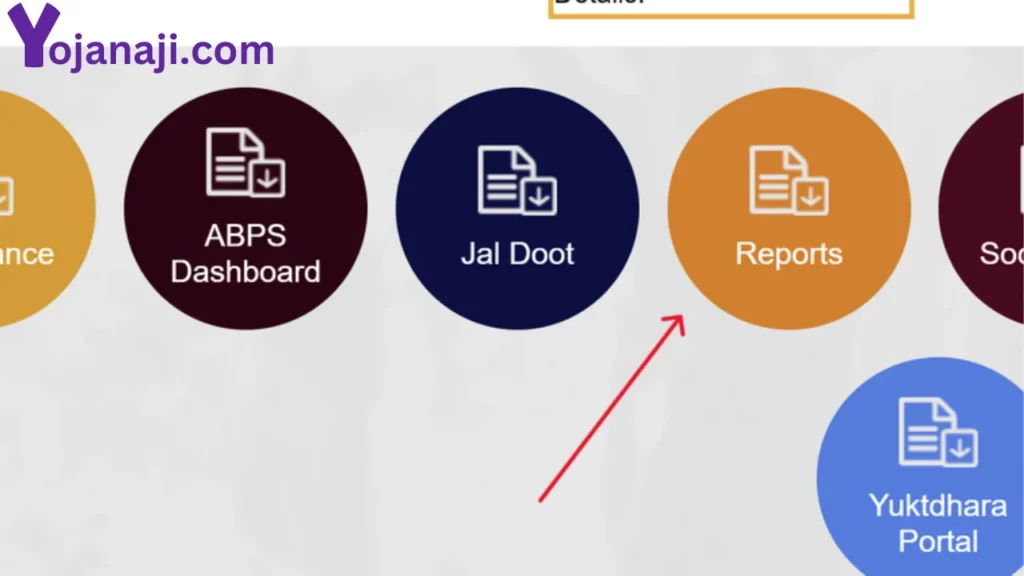
Challenges and Solutions
Data Accuracy and Timeliness
One of the common challenges with the NREGA MIS Report is ensuring data accuracy and timeliness. Delays in data entry or inaccuracies can impact the reliability of the report. To address these issues:
- Regular Audits: Conduct regular audits and verification checks to ensure data accuracy.
- Training: Provide training to officials and staff involved in data entry and management to minimize errors.
Access and Usability
Another challenge is the accessibility and usability of the MIS Report, especially for users with limited digital literacy. To improve access:
- User Training: Offer training and support to users on how to navigate and utilize the MIS Report effectively.
- Simplified Interfaces: Develop user-friendly interfaces and tools to make data access and analysis more straightforward.
- Uttar Pradesh Job Card List
- Punjab Job Card List
- Chhattisgarh Job Card List
- Odisha Job Card List
- Ladli Behna Awas Yojana List: लाड़ली बहना आवास योजना की नई लिस्ट जारी, अभी चेक करें अपना नाम
- PM Ujjwala Yojana 2025: फ्री गैस सिलेंडर के लिए ऑनलाइन फॉर्म भरना शुरू, जानें कैसे करें आवेदन
- NREGA Job Card Download
- Sukanya Samriddhi Yojana (SSY) Apply
- NREGA Registration Process
- NREGA MIS Report
- Bihar Job Card List
- PM Kisan 18th Installment: पीएम किसान योजना की 2000 रुपए की 18वीं किस्त जारी, जानें कैसे करें चेक
- Rajasthan Job Card List
- Jharkhand Job Card List
- Madhya Pradesh Job Card List
- Ladli Behna Yojana 17th Installment: लाडली बहना योजना की 1250 रुपए की 17वीं किस्त जारी, जानिए कैसे चेक करें
- NREGA Job Card List
- Full Form of NREGA- National Rural Employment Guarantee Act
- NREGA Wage List
- NREGA Application Status
Conclusion
The NREGA MIS Report is a vital tool in the effective implementation and monitoring of the MGNREGA scheme. By providing detailed insights into employment generation, financial management, project status, and beneficiary tracking, it ensures transparency, accountability, and data-driven decision-making. While challenges exist, addressing them through improved data management practices and user support can enhance the report’s effectiveness. Ultimately, the NREGA MIS Report plays a crucial role in realizing the objectives of MGNREGA, contributing to the upliftment of rural communities and the advancement of rural development in India.

Tamim is a distinguished policy analyst with over 15 years of experience in analyzing, government schemes and policies. Tamim brings a wealth of knowledge and expertise in the field of social development.
